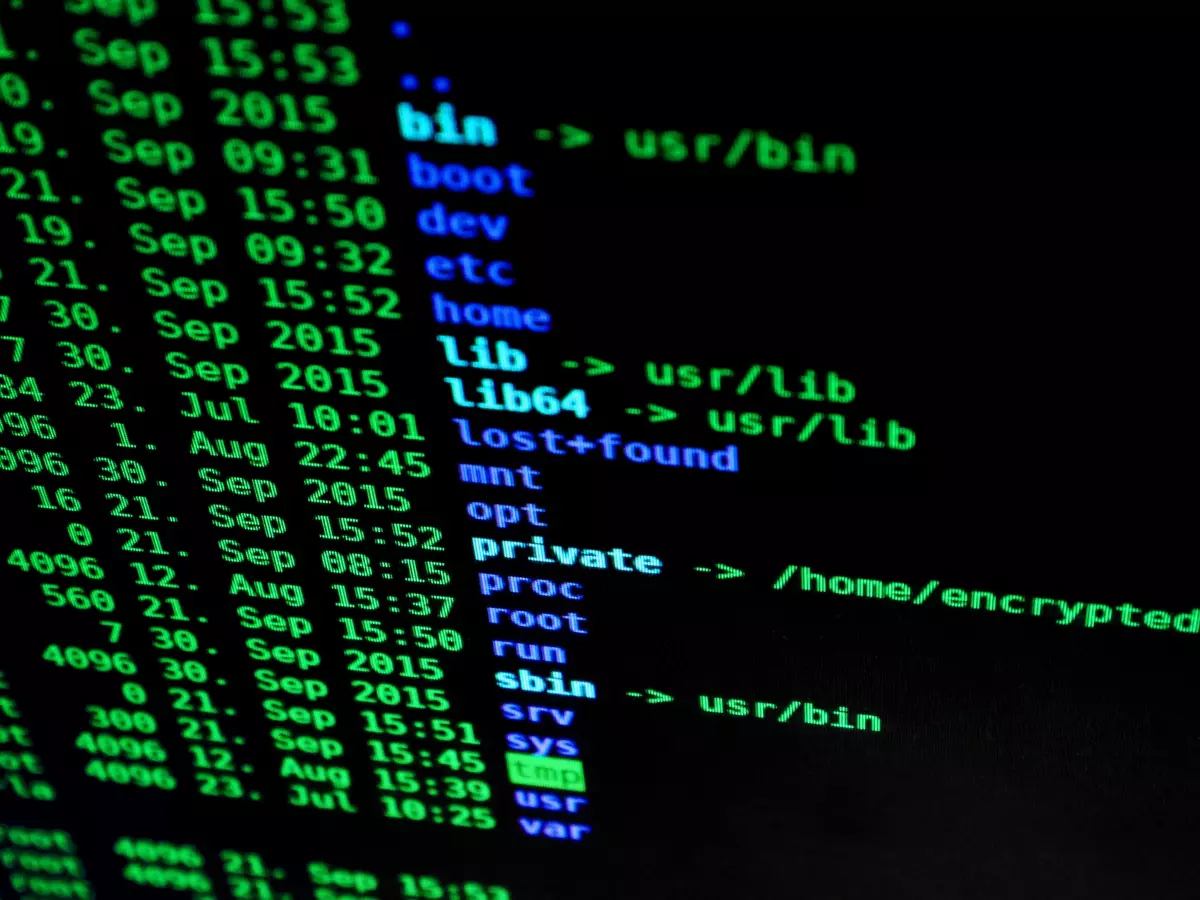Shadow IT
You’ve locked down your network, trained your employees, and implemented the latest security protocols. But there's a rogue element slipping through the cracks—Shadow IT.

By James Sullivan
Here’s a stat that might make you sweat: 80% of workers admit to using SaaS applications at work without IT approval. That’s right, the very people you trust to keep your business running are also the ones potentially opening the door to cyber threats. And it’s not just about downloading a random app or using an unapproved tool—this is a full-blown cybersecurity issue that’s flying under the radar.
Shadow IT refers to the use of technology, software, or devices within an organization without the knowledge or approval of the IT department. Employees, in their quest for productivity, often turn to third-party apps, cloud services, or even personal devices to get the job done. But while these tools may seem harmless, they can create massive security gaps that your IT team isn’t even aware of. And hackers? They love it.
Why Shadow IT Is a Hacker's Playground
Think of your company’s network like a fortress. You’ve got firewalls, encryption, and multi-factor authentication in place, but what happens when someone opens a side door? That’s exactly what Shadow IT does—it creates entry points that aren’t protected by your existing security protocols.
Here’s how it works: When employees use unapproved software or devices, they bypass the security measures that your IT team has meticulously set up. These apps and devices often don’t meet the same security standards, leaving them vulnerable to attacks. And because your IT team doesn’t know they exist, they can’t monitor or secure them. It’s like leaving a window open in a house full of alarms.
Hackers are well aware of this. They actively search for these unmonitored entry points, knowing that they’re often the easiest way to infiltrate a network. Once inside, they can steal data, install malware, or even launch ransomware attacks. And the worst part? You might not even realize it’s happening until it’s too late.
How to Combat the Shadow IT Problem
So, what can you do about it? The first step is awareness. You can’t secure what you don’t know exists, so it’s crucial to get a handle on what apps and devices are being used within your organization. Here are a few strategies to help you combat Shadow IT:
- Conduct a Shadow IT audit: Regularly scan your network for unauthorized apps, devices, and services. This will give you a clear picture of what’s being used and where the vulnerabilities lie.
- Implement strict policies: Make it clear to employees that only approved software and devices can be used for work purposes. This doesn’t mean you have to be draconian—offer alternatives that meet their needs without compromising security.
- Educate your team: Many employees don’t even realize the risks they’re creating by using unapproved tools. Regular cybersecurity training can help them understand the dangers of Shadow IT and encourage them to follow best practices.
- Use monitoring tools: Invest in software that can detect and block unauthorized apps and devices in real-time. This will help you catch Shadow IT before it becomes a problem.
- Encourage open communication: Create an environment where employees feel comfortable discussing their tech needs with the IT department. If they know they can request new tools or services, they’re less likely to go rogue.
The Future of Shadow IT
As remote work continues to rise and employees become more tech-savvy, the Shadow IT problem is only going to grow. In fact, Gartner predicts that by 2025, 50% of all IT spending will occur outside of the IT department. That’s a staggering number, and it means that organizations need to get serious about addressing this issue now.
The good news? With the right strategies in place, you can minimize the risks associated with Shadow IT and keep your network secure. But it’s going to require constant vigilance and a proactive approach. After all, the tools your employees are using today might not be the same ones they’re using tomorrow.
So, what’s next? Expect to see more sophisticated monitoring tools and AI-driven solutions designed to detect and manage Shadow IT. But at the end of the day, it’s all about creating a culture of cybersecurity awareness within your organization. Because the biggest threat to your network isn’t always the hacker on the outside—it’s the unapproved app on the inside.





